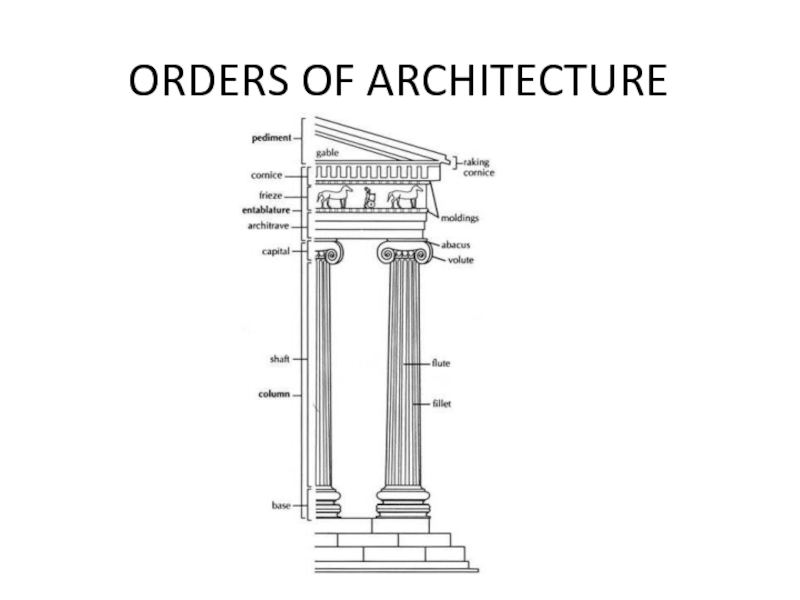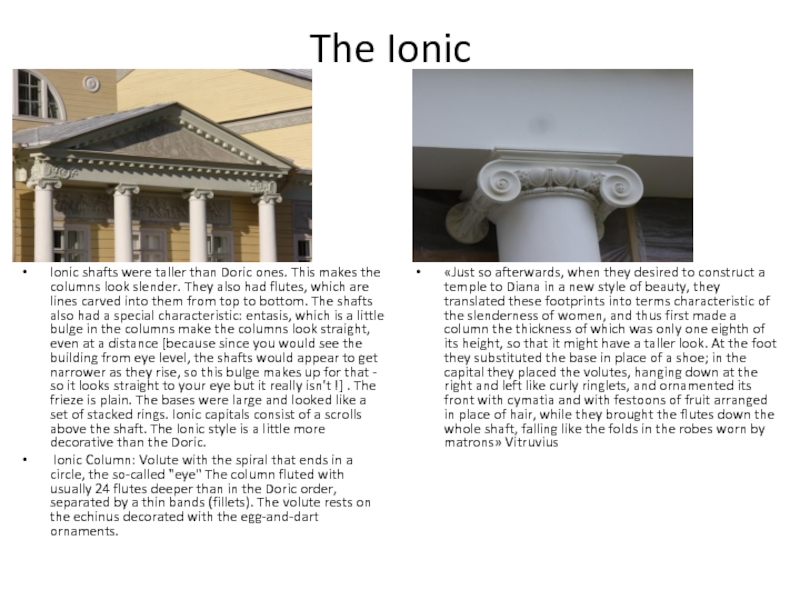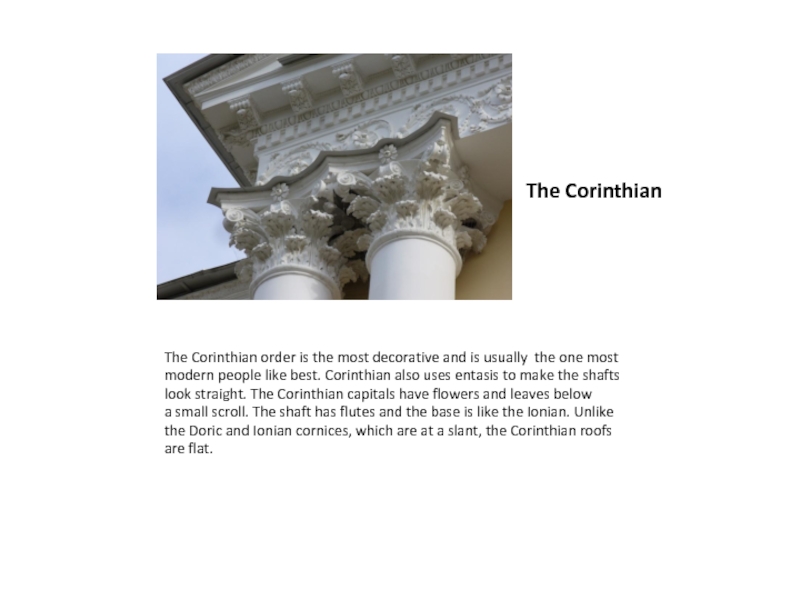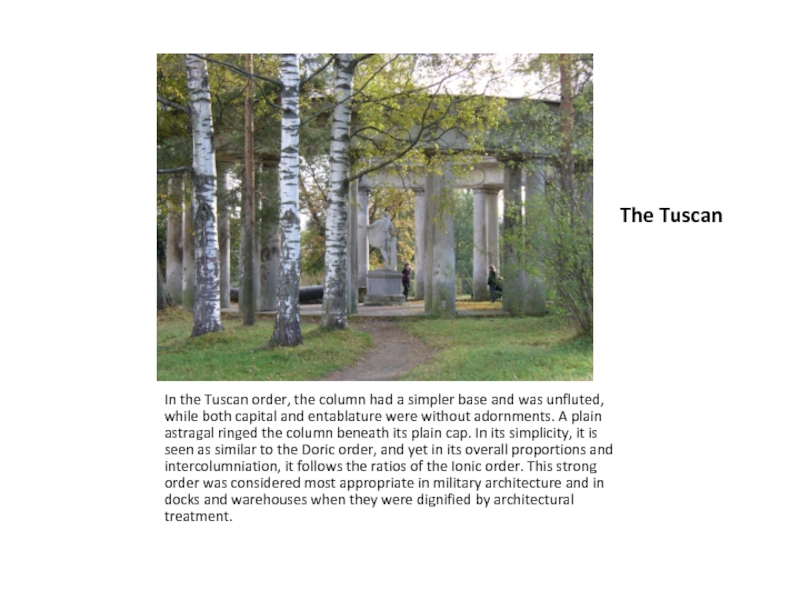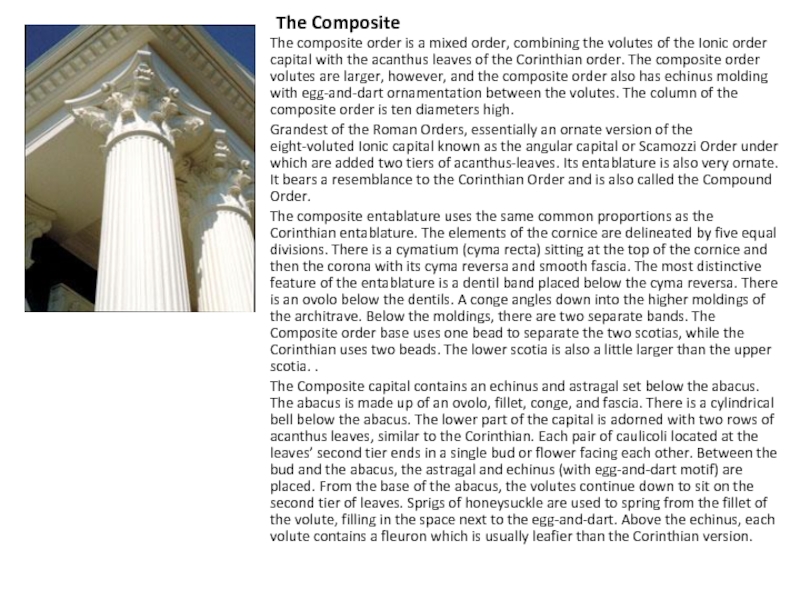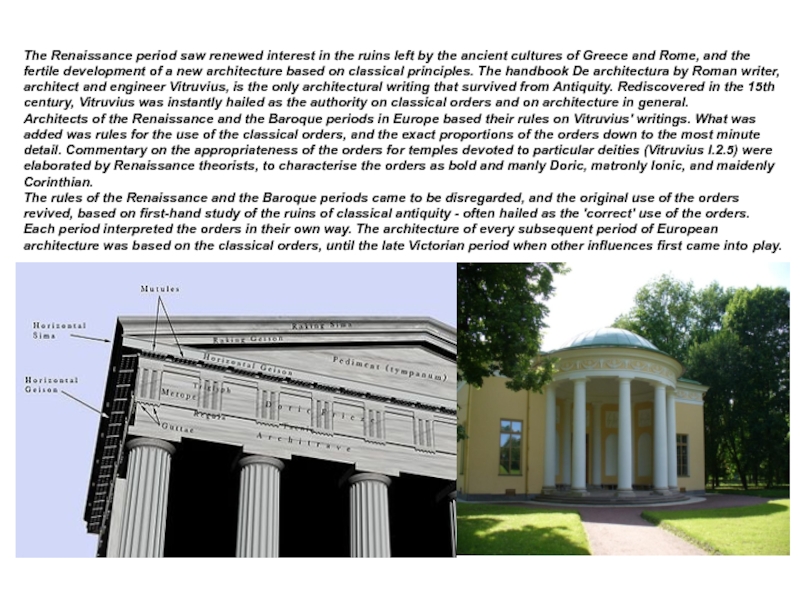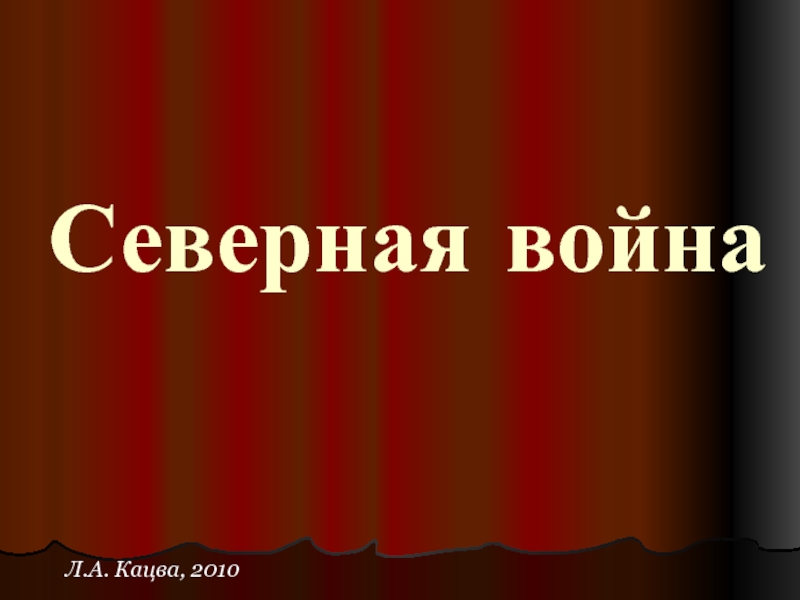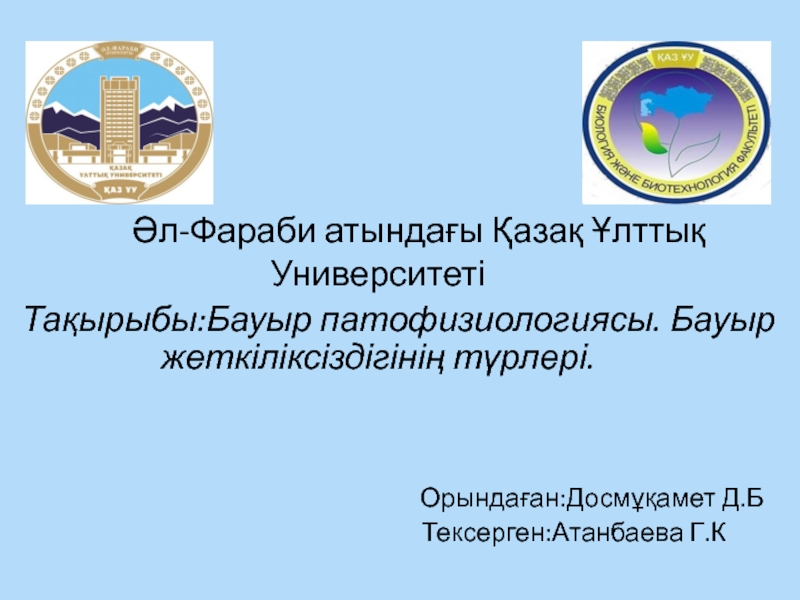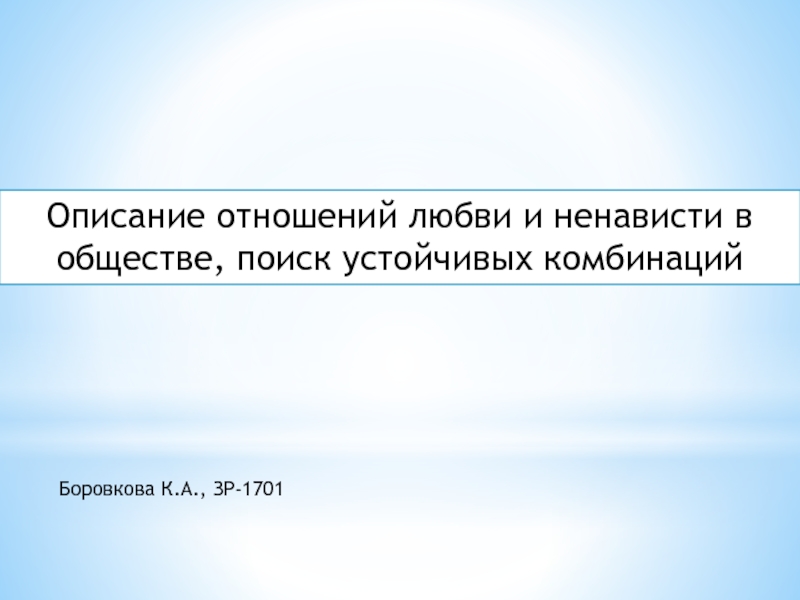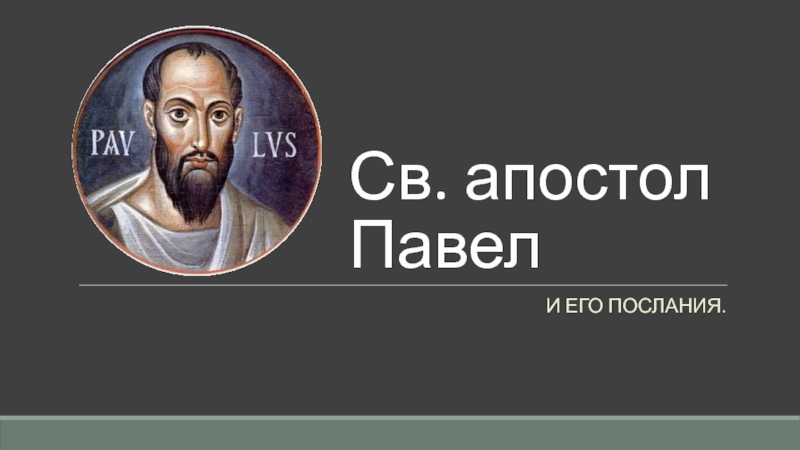on the flat pavement (the stylobate) of a temple without
a base; their vertical shafts were fluted with 20 parallel concave grooves; and they were topped by a smooth capital that flared from the column to meet a square abacus at the intersection with the horizontal beam (entablature) that they carried.Of the three columns found in Greece, Doric columns are the simplest. They have a capital (the top, or crown) made of a circle topped by a square. The shaft (the tall part of the column) is plain and has 20 sides. There is no base in the Doric order. The Doric order is very plain, but powerful-looking in its design. Doric, like most Greek styles, works well horizontally on buildings, that's why it was so good with the long rectangular buildings made by the Greeks. The area above the column, called the frieze [pronounced "freeze"], had simple patterns. Above the columns are the metopes and triglyphs. The metope [pronounced "met-o-pee"] is a plain, smooth stone section between triglyphs. Sometimes the metopes had statues of heroes or gods on them. The triglyphs are a pattern of 3 vertical lines between the metopes.
